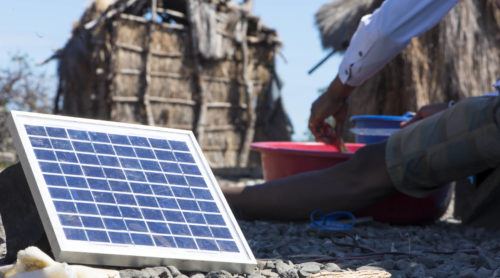
Africa
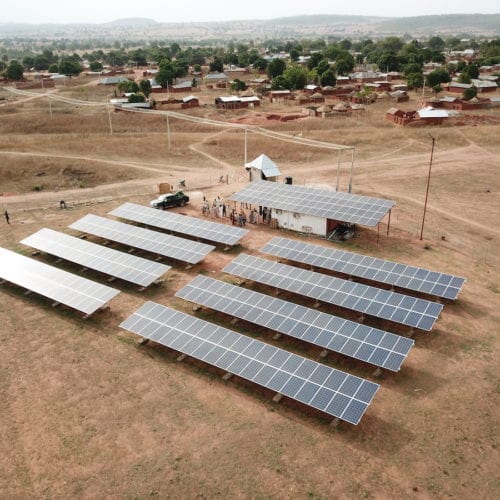
Letting Communities Lead
Picture this: Although the year was 2012, many small communities in east India lacked access to modern power; wood fires, kerosene lanterns, and human power were the only ways to get things done. However, the government—specifically, a state-level Energy Development Agency—offered to provide community-scale electrification through a new solar…
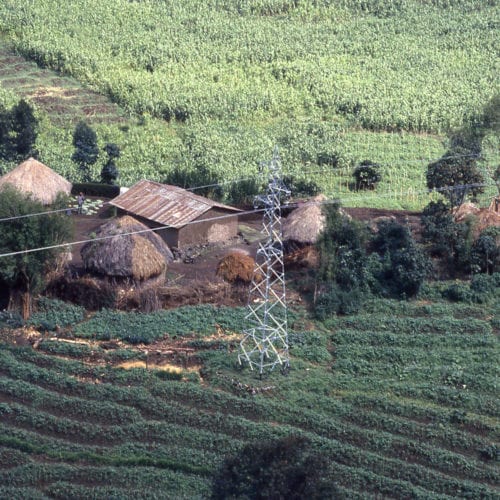
A $180 Billion Opportunity in African Energy Planning
Serving the more than 600 million people across sub-Saharan Africa who lack access to reliable electricity is an urgent goal because of the financial, health, and education benefits that energy brings. But the increases of between 1.3 and eight times existing installed capacity that is planned by nations across East…
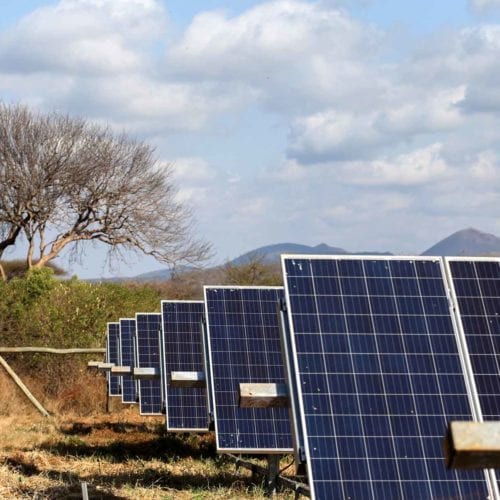
How Four Simple and Collaborative Business Models Can Unlock Nigeria’s $1 Billion Undergrid Minigrid Market
Hundreds of millions of people around the world are underserved by utilities providing inconsistent power, and this challenge has no easy fix. Minigrid systems can serve many of these undergrid customers more economically and more reliably, as articulated by Energy Market and Regulatory Consultants (EMRC) and…
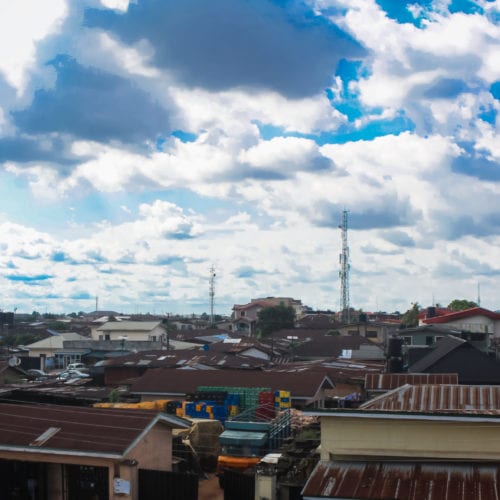
Rethinking Minigrid Design: Capturing Savings Through Capacity Utilization
Distributed minigrids are an increasingly attractive approach across sub-Saharan Africa for providing power to rural and underserved communities (as we explain here and here). As with any electricity system, the financial viability of a minigrid depends on capacity utilization, the extent to which the installed capacity of the…
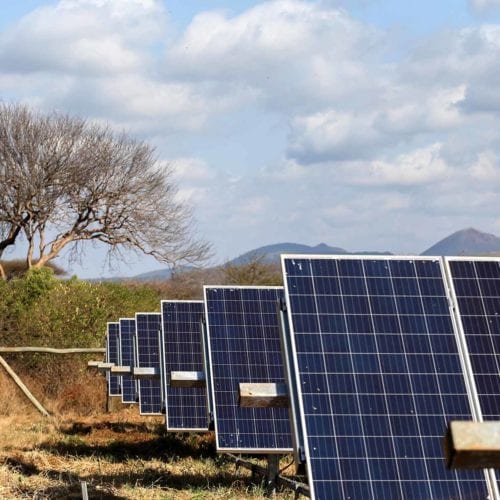
Minigrids in the Money
In sub-Saharan Africa, hundreds of millions of people (about 65 percent of the population) live in communities that lack access to electricity. As a key enabler of economic development, the lack of energy access stymies broader efforts to grow local wealth and improve quality of life. Understandably, to address this…